

EASTER ORDERS ARE CLOSED!
Wishing everyone a Happy Easter


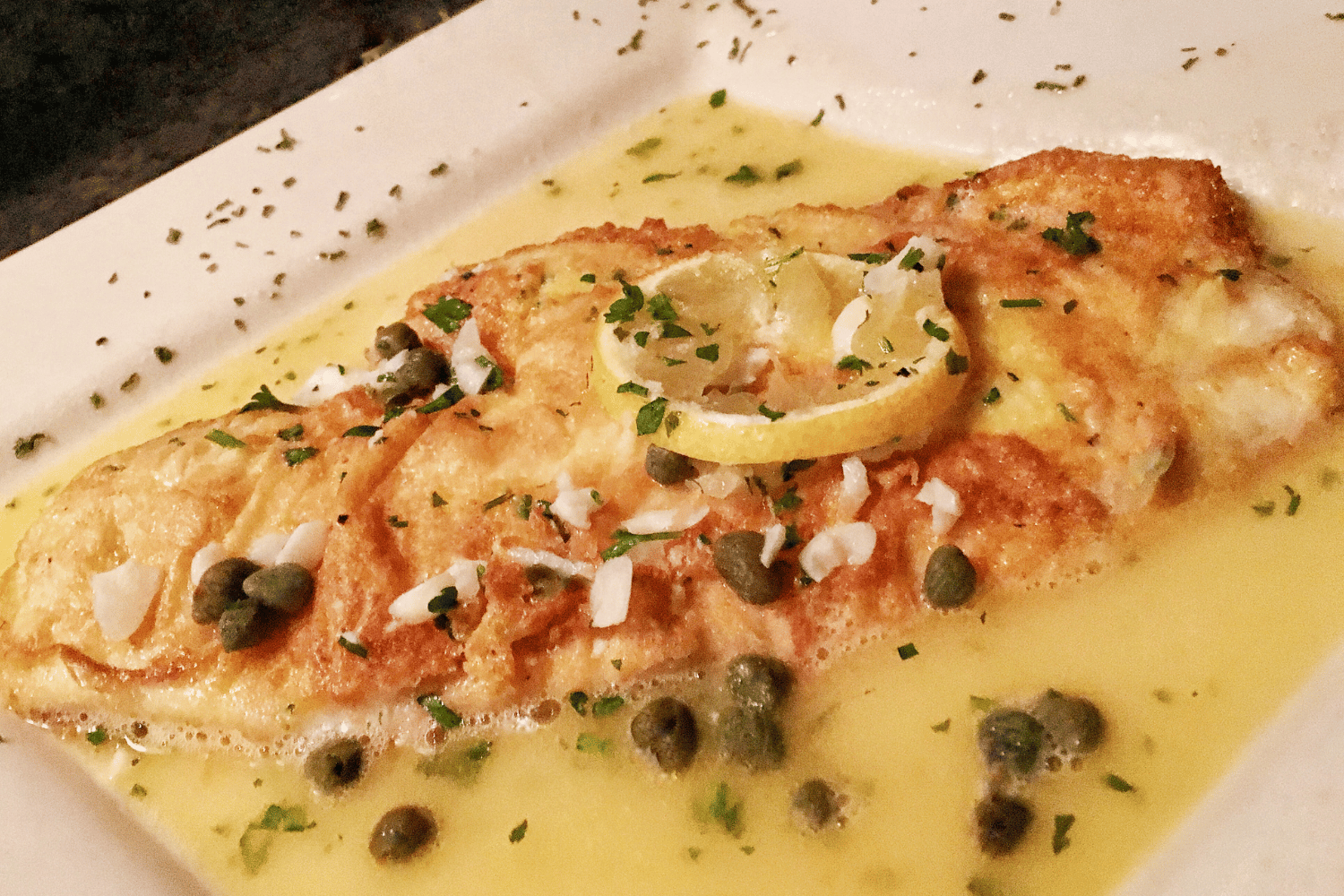
How good does this baked flounder look?
Cooking a whole fish can result in a more flavourful dish compared to that of fillets. That’s mainly because the bones and head add natural flavour during cooking. The whole fish creates a variety of textures from the different parts of the fish, may these be the crispy skin or the flaky meat.
Furthermore, whole fish are more cost-effective than pre-cut fillets. You get the satisfaction of preparing everything yourself, minimising waste and maximising flavour. So, are you ready to learn how to cook a whole fish?
What’s your favourite fish? Popular options for baked or roast fish include mild-flavoured species like barramundi (Asian sea bass) or slightly richer options like salmon. Each type of fish boasts its own unique taste profile.
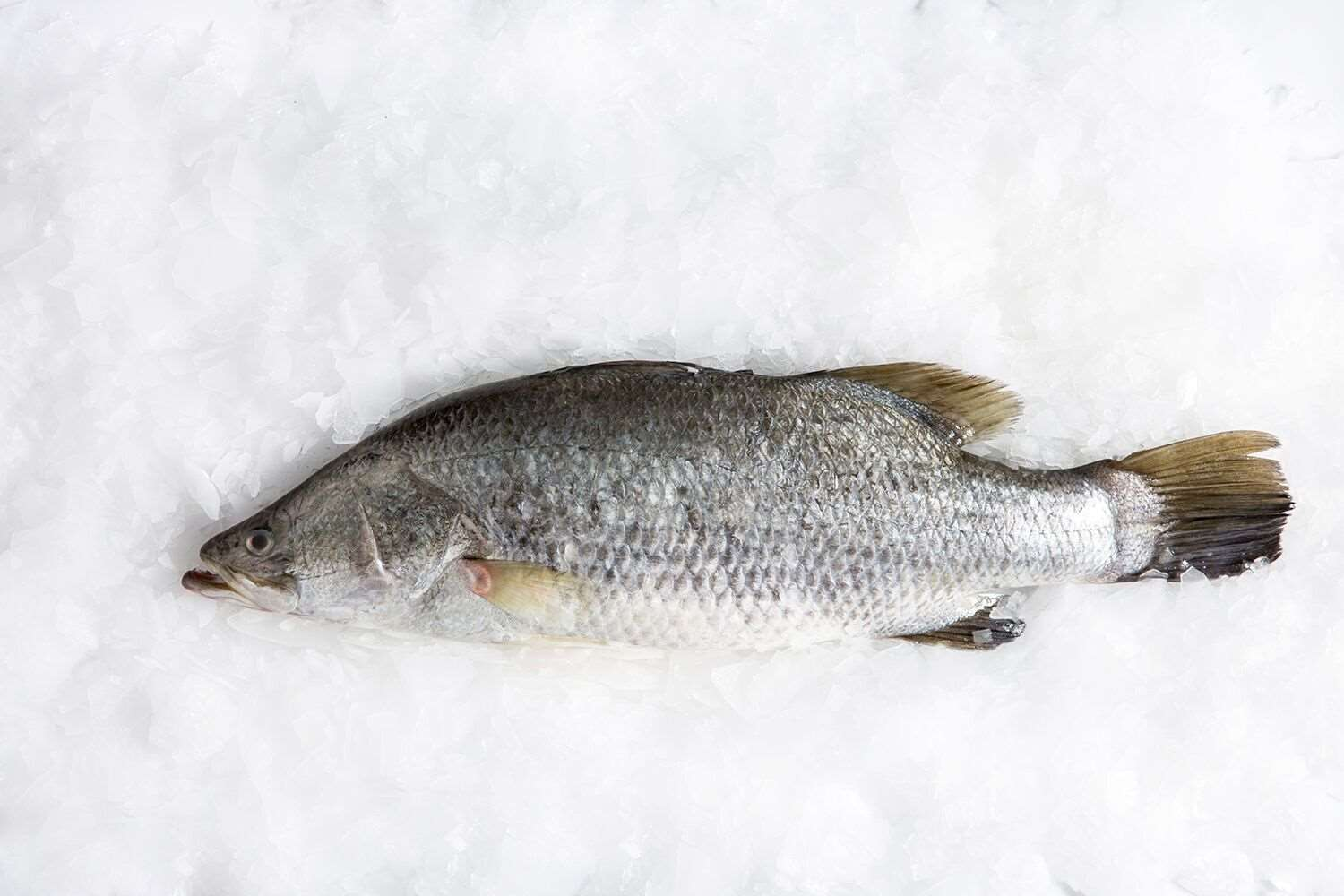
Talk about whole-cooked fish, barramundi is one of your best options.
Think about the size of the fish as well. A good rule of thumb is to allow at least 200g of fish per person. This ensures everyone gets a satisfying portion.
The most crucial factor when choosing the right fish is freshness. This is what separates a delicious meal from a fishy disaster. Look for fish with bright, clear eyes, firm flesh that springs back when pressed gently and a pleasant, clean ocean smell. Avoid fish with cloudy eyes, dull flesh or a strong fishy odour.
Your local fishmonger is a great place to start. They often have a wider selection than grocery stores. But do you know which one typically offers the most selection? Online seafood marketplaces.
Ordering from an online retailer is also a smart choice if there’s no physical fish market in your area. The best ones, like Manettas Seafood Market, have a team of experts who can guide you in choosing the freshest catch (more on online seafood markets later).
No matter where you buy your fish, be sure to ask when it was caught. Ideally, you want fish that was caught within the last day or two. Once you get your fish home, store it on a bed of ice in the refrigerator for up to two days.
Before you get to cooking, prepare your fish the right way. You’ll need a sharp knife, a cutting board and, optionally, kitchen shears. Here’s a quick rundown of the cleaning process:
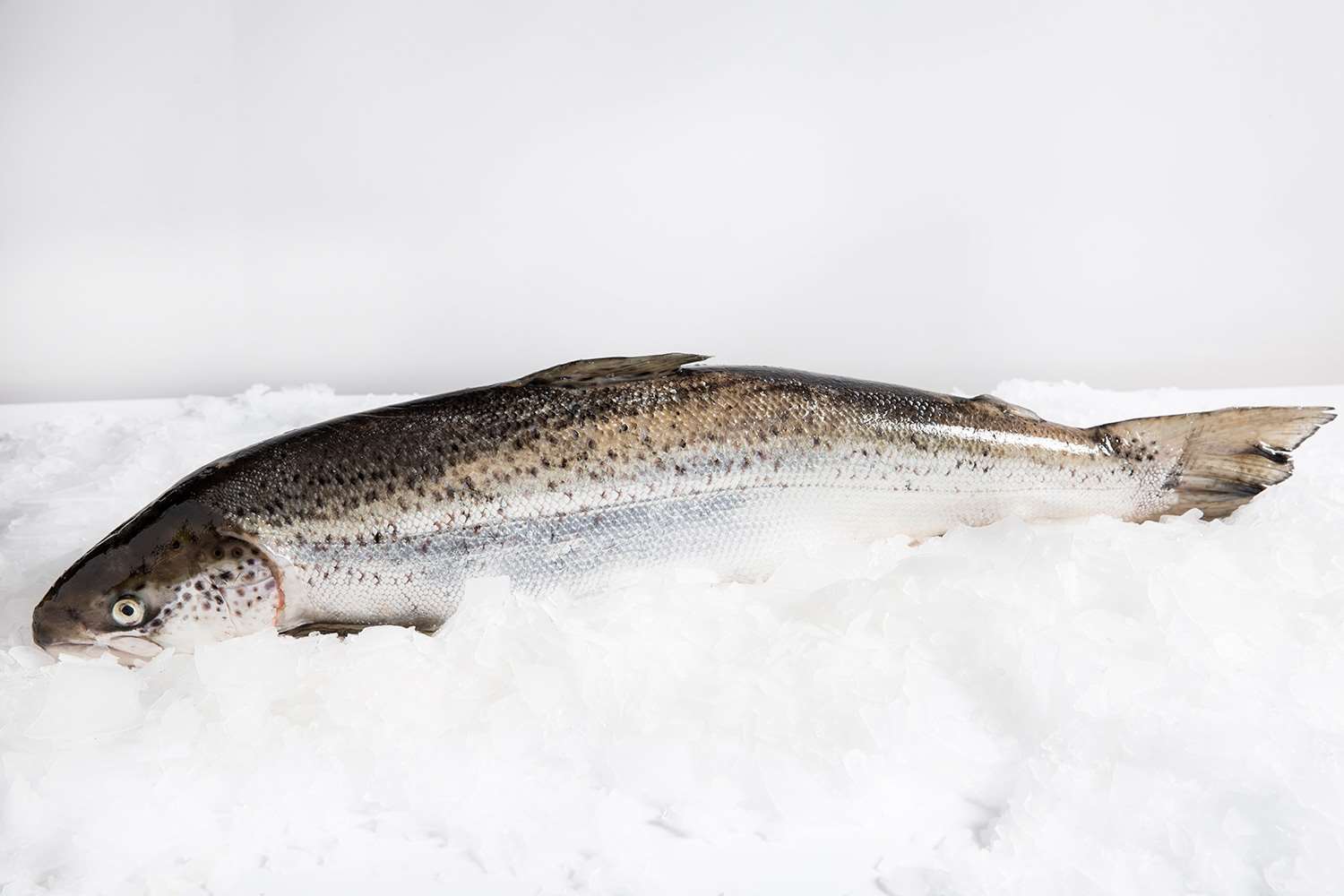
Best ways to cook this Tasmanian salmon? See below. Best ways to eat fish? Up to you!
Baking is a fantastic method for cooking a whole fish because it’s simple and yields moist, flavourful results. Here’s how to cook a delicious baked whole fish:
Check it’s cooked: To ensure your fish is perfectly cooked, insert an instant-read thermometer into the thickest part of the fish (not touching the bone). The internal
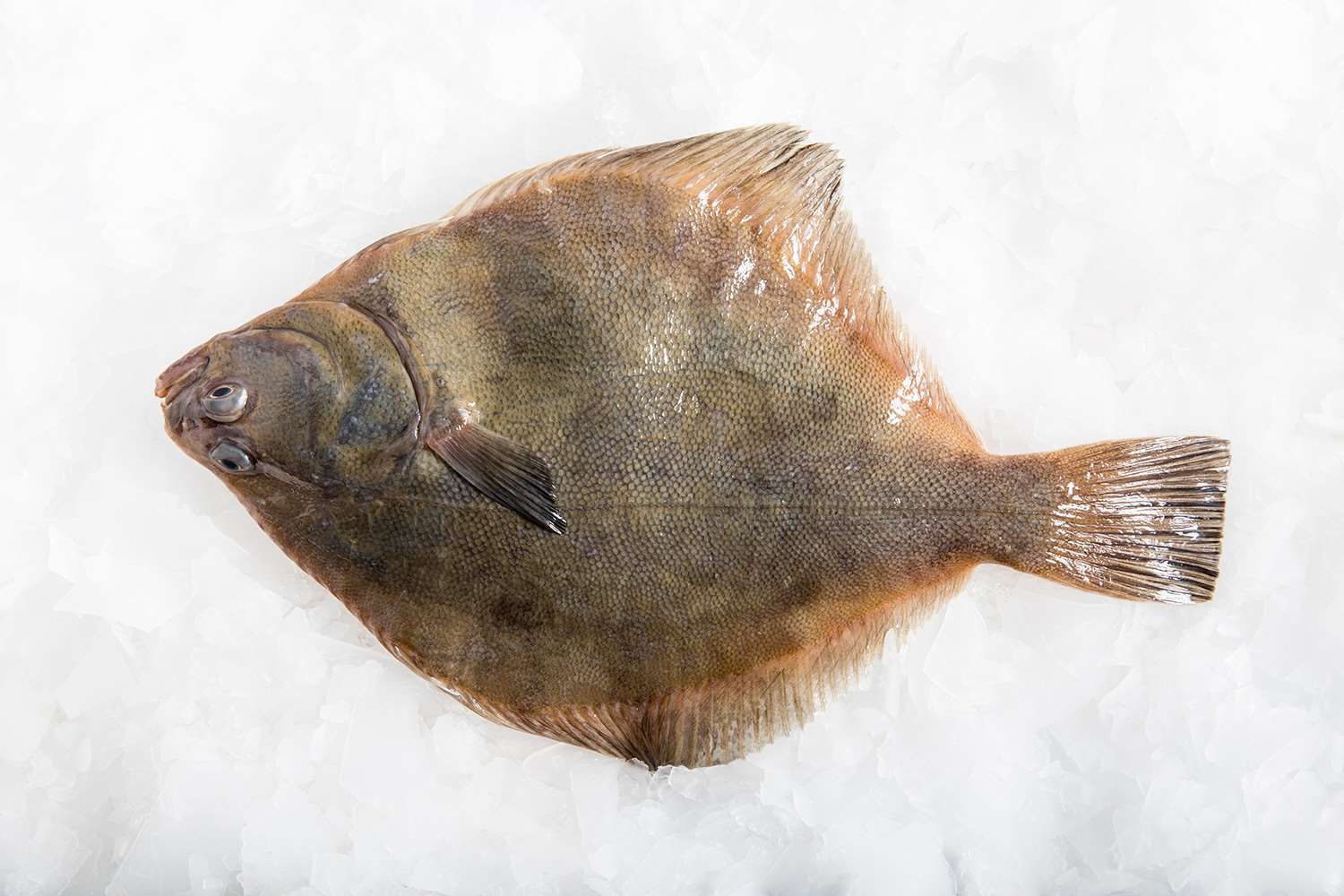
Get this sand flounder fish in the oven for tonight’s dinner party.
Are you using fish with firm flesh like salmon? Pan-searing is a great option. Here’s how to achieve a restaurant-worthy sear:
Deglaze the pan: After removing the fish, there might be delicious browned bits stuck to the bottom of the pan. Don’t waste them! To create a flavourful sauce, deglaze the pan
How about adding a smoky flavour to your whole fish? Cooking fish on the grill is the answer. Here’s what you need to do:
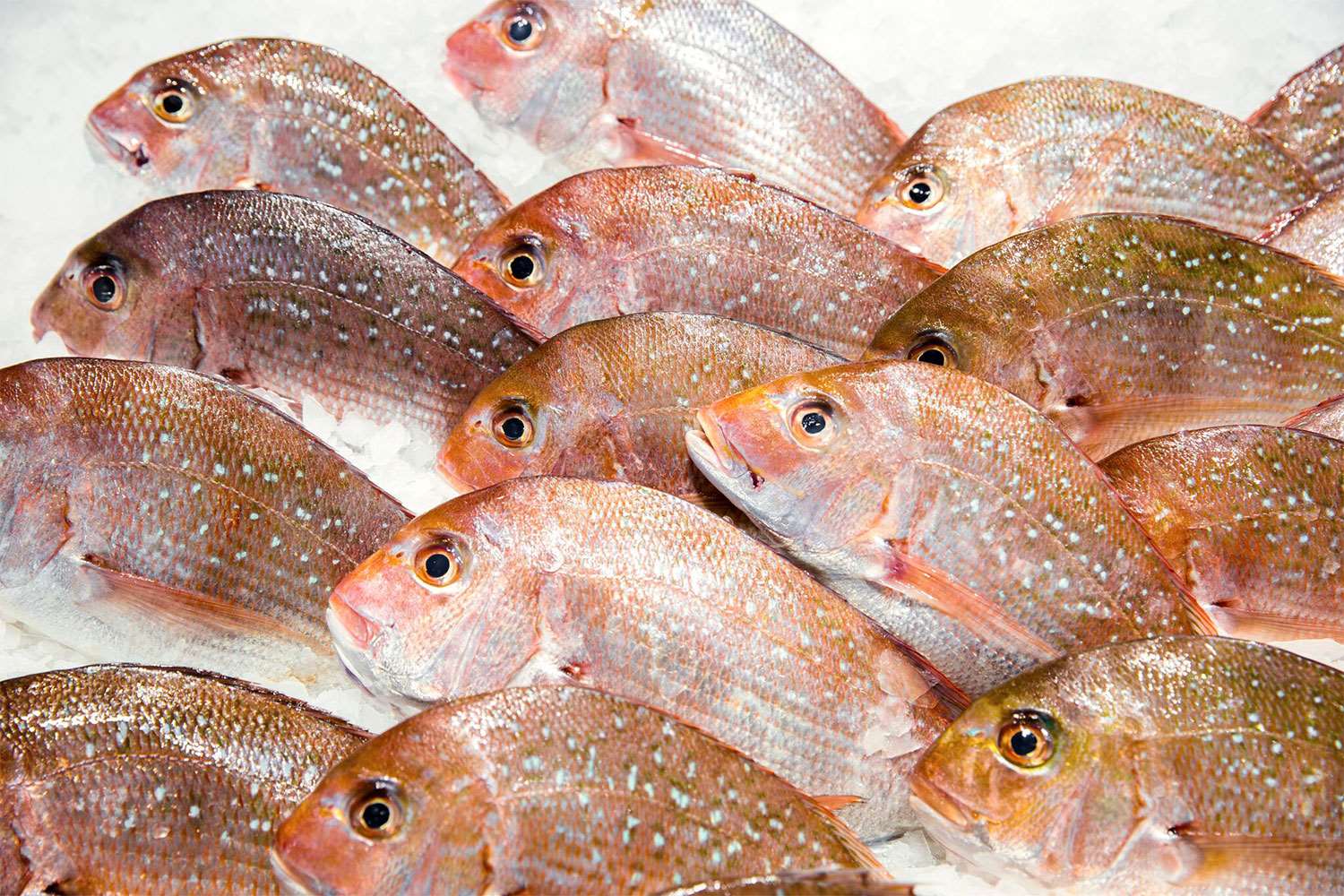
The whole snapper is perfect on the grill!
Considered the gentlest cooking method, poaching is ideal for delicate fish like cod. These are the steps to cook fish by poaching:
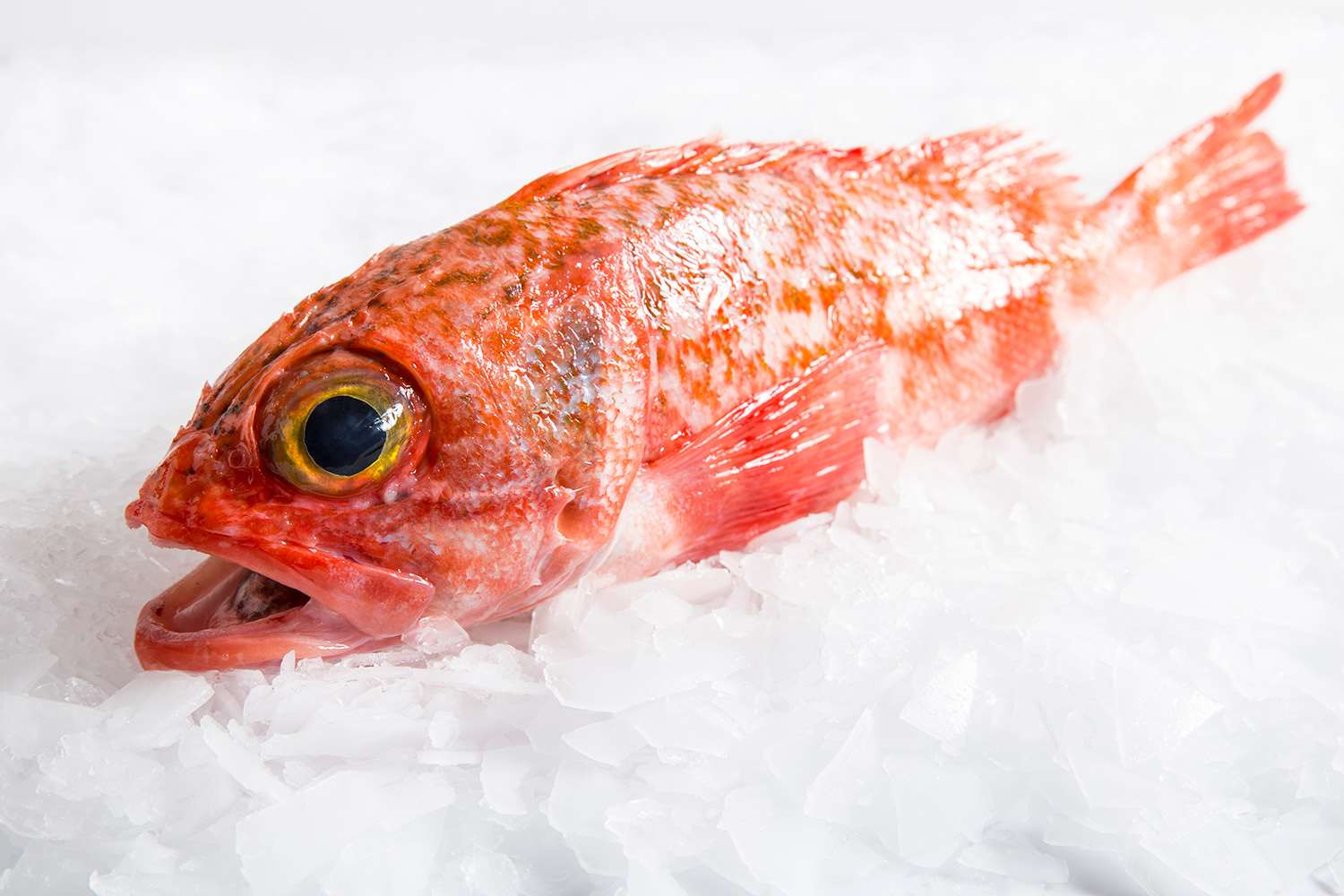
Big eye perch is a white-fleshed fish that’s great for poaching and baking.
Roasting fish is similar to baking but uses slightly higher heat, which can create a beautifully browned crust on the exterior while keeping the interior moist. Here’s how to achieve a perfectly roasted fish:
Citrus-based marinades with lemon juice and herbs like rosemary or thyme are a classic choice. For a bolder Asian-inspired twist, try a marinade with soy sauce, ginger and garlic.
The marinating time will depend on the thickness of your fish. For thinner fish, 30 minutes is sufficient. For thicker options, you can marinate for up to 2 hours for maximum flavour infusion. Just be sure to remove the fish from the marinade and pat it dry before cooking to achieve crispy skin.
Stuff the cavity of your whole fish with fresh ingredients to add yet another layer of flavour. Classic stuffing options include lemon slices, a few sprigs of parsley or dill and aromatic vegetables like thinly sliced onions or fennel.
Complement your delicious, whole fish with simple yet appetising side dishes. Roasted vegetables like asparagus, broccoli, or Brussels sprouts are healthy and easy to prepare alongside your fish. Fluffy white rice, chopped vegetables, and herbs are another great option.
For a lighter accompaniment, consider a simple lemon-dressed salad with fresh greens, cherry tomatoes and a light vinaigrette.
Earlier, we discussed online seafood marketplaces, which are an excellent source of fresh whole fish. But is ordering seafood online really a good idea?
Well, people can get really busy, and online seafood marketplaces offer the convenience we need. Many online retailers now offer fresh, high-quality whole fish delivered straight to your door. This eliminates the need to visit the grocery store and allows you to choose from a wider variety of fish than what might be available locally.
If you want to whip up an impressive dish, you need to start somewhere, and in this case, that somewhere is a fresh whole fish. Fortunately, you can now order online via Manettas, one of the leading and most trusted online seafood marketplaces in the country.
Follow our easy order scheme, and you’ll be cooking a whole fish just the way you like it. Contact us if you have any enquiries!